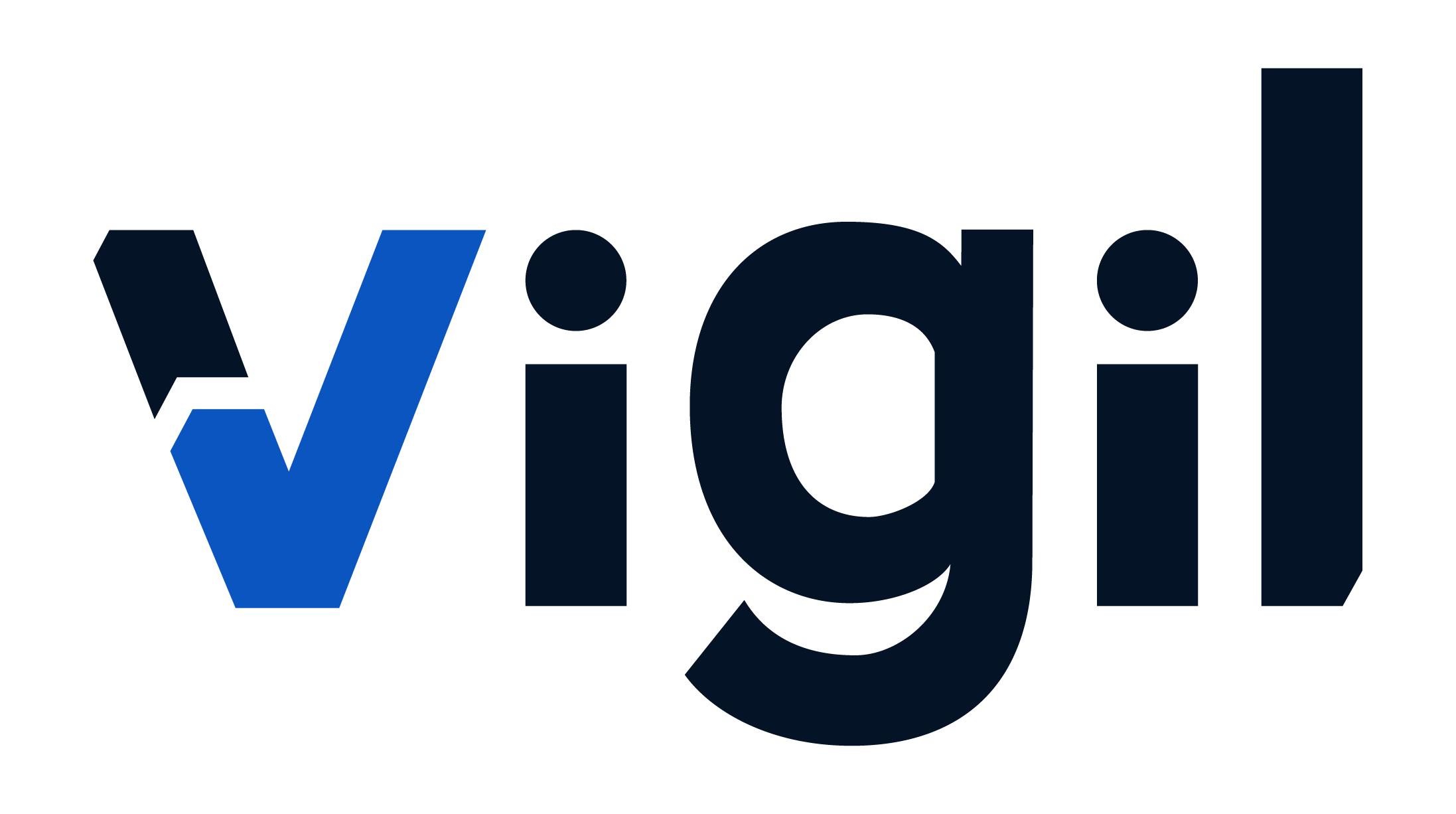IN A NUTSHELL:
- HIPAA authorized OIG to identify and eliminate fraud, waste, and abuse
- Excludes providers from participation in any Federal health care program
- Violations could result in enormous civil monetary penalties
Credit scores, compromised email addresses, identity theft—these are all factors which most people pay close and constant attention to. Yet when it comes to the health care professional, there is another list which is equally as important concerning their reputation and career: The Office of Inspector General’s List of Excluded Individuals/Entities (LEIE).
The U.S. Department of Health and Human Services established The Office of Inspector General (OIG) to identify and eliminate fraud, waste, and abuse in the Department’s programs and to promote efficiency and economy in Departmental operations.
The Health Insurance Portability and Accountability Act (HIPAA) of 1996, authorized the OIG to provide guidance to the healthcare industry to prevent fraud and abuse, and to promote high levels of ethical and lawful conduct. The OIG carries out this mission through a nationwide program of audits, inspections, and investigations, and placing those that are in violation on the LEIE.
The LEIE provides information to the health care industry, patients and the public regarding individuals and entities currently excluded from participation in Medicare, Medicaid and all other Federal health care programs. Any health care provider or medical facility—including physicians, nurses, radiologists, and other medical professionals—can land on this list and have their career potentially impacted for life.
How a Provider or Medical Facility Lands on The List:
Pursuant to the Social Security Act, there are multiple ways in which a provider or an entire medical facility can be placed on the LEIE, as well as the length of time in which they remain on The List.
Conviction of program-related crimes:
- Patient abuse or neglect: Minimum Period: 5 years
- Felony conviction relating to health care fraud. Minimum Period: 5 years
- Felony conviction relating to controlled substance. Minimum Period: 5 years
- Conviction of second mandatory exclusion offense. Minimum Period: 10 years
- Conviction of third or more mandatory exclusion offenses. Permanent Exclusion
Consequences of Being on The List:
The effect of an OIG exclusion from Federal health care programs is that no Federal health care program payment may be made for any items or services furnished by an excluded individual, entity, or directed by an excluded physician.
This payment ban applies to all methods of Federal program reimbursement, whether payment results from itemized claims, cost reports, fee schedules or a prospective payment system (PPS).
Any items and services furnished by an excluded individual or entity are not reimbursable under Federal health care programs. In addition, any items and services furnished at the medical direction of an excluded physician are not reimbursable when the individual or entity furnishing the services either knows or should know of the exclusion.
This prohibition applies even when the Federal payment itself is made to another provider, practitioner or supplier that is not excluded.
The prohibition against Federal program payment for items or services furnished by excluded individuals or entities also extends to payment for administrative and management services not directly related to patient care, but that are a necessary component of providing items and services to Federal program beneficiaries.
This prohibition continues to apply to an individual even if they change from one health care profession to another while excluded. In addition, no Federal program payment may be made to cover an excluded individual’s salary, expenses or fringe benefits, regardless of whether they provide direct patient care.
Types of services which would violate an OIG exclusion:
It is important to note that even health care providers who are not providing direct patient care can be affected by the exclusion list. Health care workers who engage in administrative duties and even minor activities such as the preparation of surgical trays or simply reviewing treatment plans face violations—even if the individuals do not furnish direct care to Federal program beneficiaries.
Other potential violations can involve pharmacists, ambulance drivers, emergency dispatchers, social workers, payment processors, medical equipment manufacturers, and more—anyone that is employed by health care entities to provide services to Federal program beneficiaries, and whose services are reimbursed, directly or indirectly, by a Federal health care program.
Violation of an OIG Exclusion By an Excluded Individual
An excluded individual or entity that directly or indirectly submits a claim for reimbursement to a Federal health care program may be subject to a fine of $10,000 for each individual service provided while the provider or facility was on the exclusion list. In addition, since reinstatement into the programs is not automatic, the excluded individual may jeopardize future reinstatement into Federal health care programs.
With immediate monetary penalties potentially climbing above the $100,000 mark and potential long-term consequences having incalculable negative effects it is imperative that a health care professional remains aware of their OIG Exclusion List Status and any discrepancies that may need to be disputed.
Consequences of a Facility Employing an Excluded Individual
Health care facilities such as hospitals, nursing homes, hospices and group medical practices may face monetary penalties if they submit claims to a Federal health care program for health care items or services provided, directly or indirectly, by excluded individuals.
In many instances, the effect of an OIG exclusion is to preclude employment of an excluded individual in any capacity by a health care facility that receives reimbursement, indirectly or directly, from any Federal health care program.
If a health care facility arranges or contracts with an individual or entity who is excluded by the OIG, the provider may be subject to a fine of up to $10,000 for each item or service furnished by the excluded individual, as well as an assessment of up to three times the amount claimed.
It is up to health care facilities and contracting entities to check the program exclusion status of health care providers if the individual provider cannot or does not furnish proof of their LEIE status.
How Vigil Can Help:
With tens of thousands of individual providers and healthcare facilities on the OIG Exclusion list, it is difficult to keep track of whether or not you are in the clear. A mobile app like Vigil provides continuous monitoring of state and federal databanks with automated alerts in the event there is a red flag.

